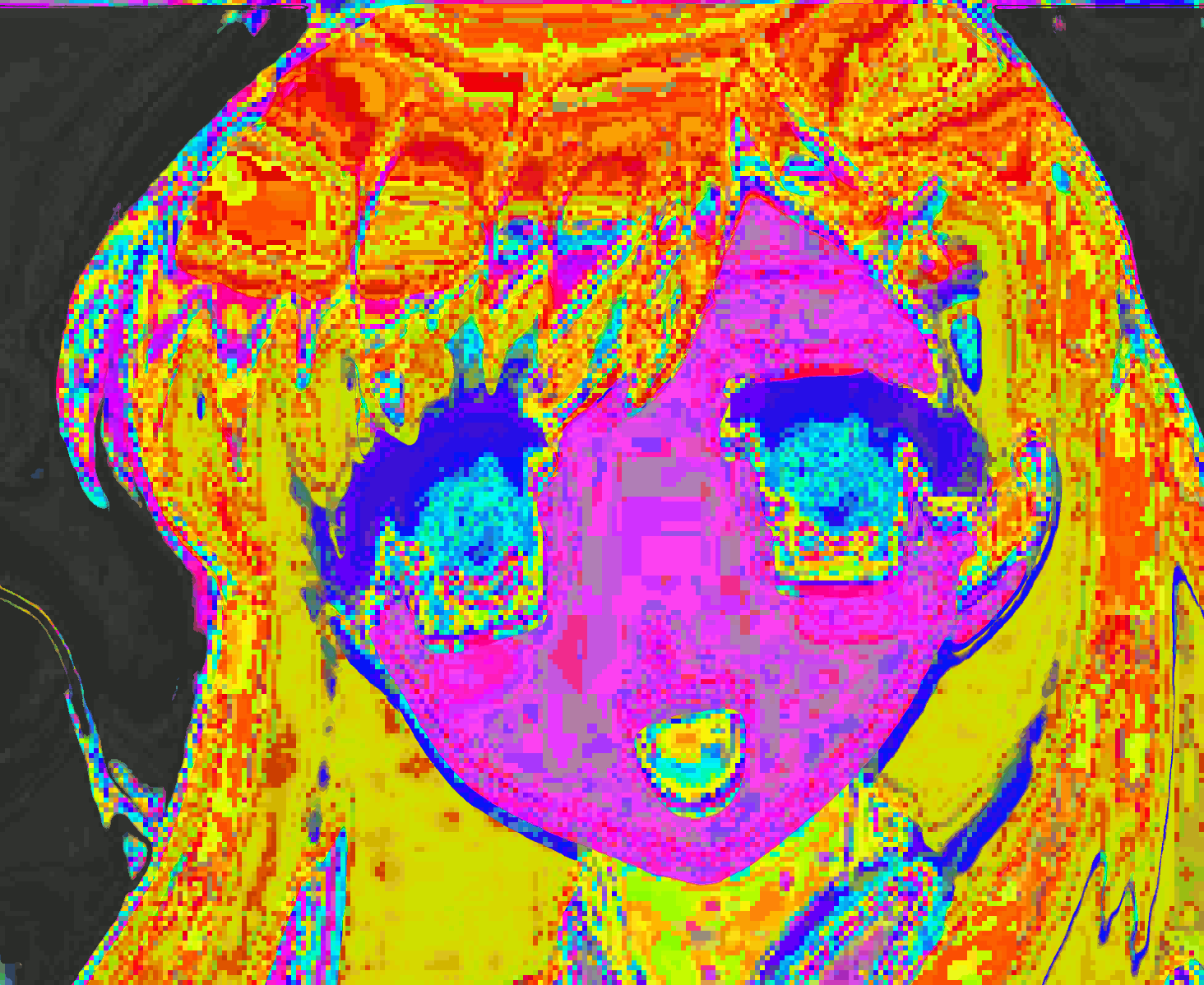In the vast and vibrant world of anime, there's a certain allure to characters who wear their hearts on their sleeves—or rather, in their expressive eyes and dramatic gestures. Anime boys, in particular, have become synonymous with a specific type of emotional vulnerability, often categorized as "emo." But what is it about these characters that resonate so deeply with audiences? And how has this archetype evolved within the ever-expanding universe of Japanese animation?
The concept of the "emo" anime boy is complex and layered. It goes beyond simply sporting dark clothing and a brooding expression. It's about tapping into a spectrum of raw emotions—melancholy, longing, passion—and expressing them with an intensity that feels both genuine and relatable, even if exaggerated for stylistic effect. These characters often grapple with themes of isolation, identity, and the complexities of social connections, making them particularly compelling to viewers navigating similar experiences in their own lives.
While pinpointing the exact origin of this archetype is difficult, its roots can be traced back to the evolution of character design and storytelling in anime. As the medium gained popularity, creators began exploring more nuanced and realistic portrayals of teenagers and young adults. This led to the emergence of characters who weren't afraid to express vulnerability, sadness, or anger, breaking away from the more stereotypical heroic archetypes. The rise of visual kei, a Japanese music and fashion subculture known for its androgynous aesthetics and emotional intensity, also played a significant role in shaping the visual language of these characters.
The impact of these emotionally expressive anime boys extends far beyond the screen. They have inspired countless fan art, cosplay, and online communities, becoming a global phenomenon. Their popularity speaks to the power of representation and the universality of human emotion. For many viewers, these characters provide a sense of validation and understanding, particularly for those who identify with their experiences of feeling misunderstood or out of place.
However, like any cultural phenomenon, the portrayal of "emo" anime boys has faced criticism. Some argue that certain depictions rely on stereotypes, potentially perpetuating harmful misconceptions about mental health or emotional expression, particularly among young men. It's important to engage with these representations critically and recognize the nuances within the archetype. Just as with any genre, there are examples that handle these themes with sensitivity and depth, while others might fall into tropes and clichés.
Ultimately, the enduring appeal of emotionally expressive anime boys lies in their ability to connect with audiences on a deeply personal level. They offer a glimpse into the complexities of the human experience, reminding us that it's okay to embrace vulnerability and express our emotions authentically. As anime continues to evolve and captivate audiences worldwide, it's crucial to have nuanced conversations about representation and celebrate the diversity of characters and stories that enrich this vibrant art form.
Banish black carpet edges reclaim your floors freshness
Sweet home season 2 hd everything you need to know
Elevating your space with farrow and ball paint
anime anime boys emo gif - Khao Tick On
anime anime boys emo gif - Khao Tick On
Pin on Where's your sanity? - Khao Tick On
anime anime boys emo gif - Khao Tick On
This picture giving me hella stylish Marshall Lee vibes - Khao Tick On
Pin di Bakusta Zeryu su Shindory Legends - Khao Tick On
anime anime boys emo gif - Khao Tick On
anime anime boys emo gif - Khao Tick On
Pin on Budżet - Khao Tick On
anime anime boys emo gif - Khao Tick On
Donde la nico pública imágenes y gifs viktuuri (?) xd Portada hermos - Khao Tick On
anime anime boys emo gif - Khao Tick On
anime anime boys emo gif - Khao Tick On
tempat dimana luna hilangkan kebosanan #promote acc orang #promote b - Khao Tick On
anime anime boys emo gif - Khao Tick On














